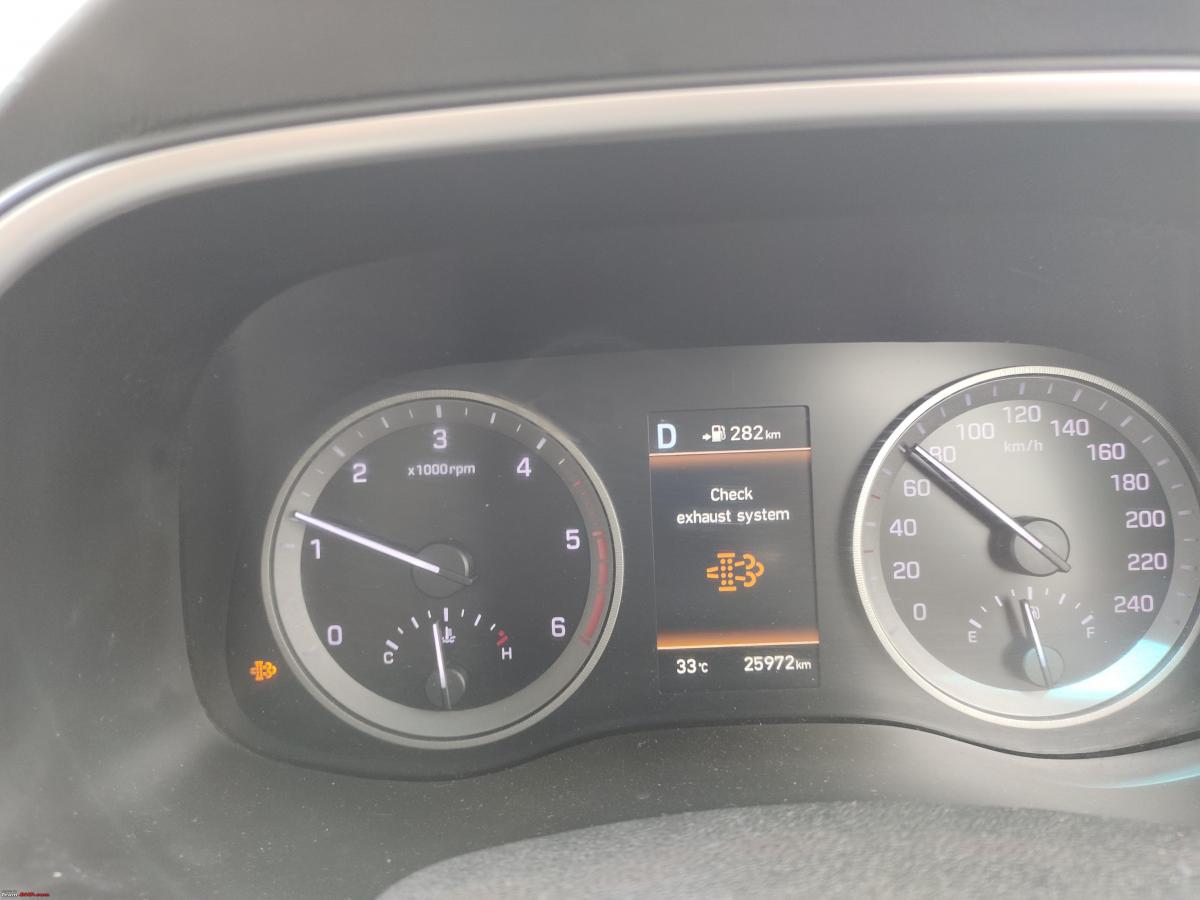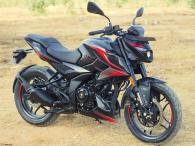News
BS6 diesel cars facing DPF issues in high altitude areas
The general practice of de-clogging the diesel particulate filter is to drive the car at higher RPMs for at least 20-25 minutes, as per various owners' manuals.
BHPian LONG_TOURER recently shared this with other enthusiasts.
I have been hearing a lot of issue pertaining to DPF clogging in high altitude areas like Ladakh, Zanskar and Spiti. Vehicles of various manufacturers like Kia, Mahindra, Hyundai etc., have reported issues with DPF and the vehicles had to be towed to workshop.
Been to Leh last month, I myself suffered the Agony of DPF issue with my Hyundai Tucson. Luckily though, I could manage to de-clog the DPF by driving the car in higher RPMs and completed the trip only to get DPF malfunction when we reached the plains again. Now, to meet the BS6 emission norms in diesel vehicles, there are two configuration in India which are
- DPF +LNT
- DPF +SCR
You can read about it here.
Now, I am a noob in engine working but my basic level of understanding tells me that Diesel engines work by igniting the fuel using high compression in presence of air which is nothing but oxygen.
The main problem driving in high altitudes is the scarcity of oxygen as we go higher up. We know that this take a toll in humans which lead to difficulty in breathing in those places. The lack of oxygen in higher altitude further means less amount of oxygen going through the combustion chamber of a diesel engine resulting in improper combustion. The improper combustion leads to formation of soot through the exhaust system.
For vehicles of pre BS6 era i.e., BS4 or earlier, these soot are allowed to come out of the exhaust and discharged into atmosphere, which is why we see diesel vehicles emitting a lot of white/black smokes in higher altitude. However, for a BS6 diesel vehicle, the soot is to be passed through the DPF (Diesel particulate filter) and LNT or SCR as per your vehicle configuration and are mostly trapped by the DPF.
So if we keep driving on high altitudes for considerable amount of time, the soot keeps on getting accumulated in the DPF resulting in clogging / choking of the DPF. The general practice of regenerating/de-clogging the DPF is to drive the car at high rpms, preferably above 2k rpm at a speed of 60 km/h for at least 20-25 minutes as per various owners' manual. But these is next to impossible while driving in narrow and windy roads of Manali-Leh highway, Zanskar or Spiti valley for that matter.
So, failure to regen the DPF within the threshold of DPF soot accumulation capacity results in vehicle breaking down in those highways. As per my observation, this DPF clogging issues are happening mostly in Automatic gearbox equipped vehicles where the gearbox tends to keep RPM of the car under 2K RPM for better fuel efficiency resulting in inefficient burning of soot trapped in DPF. Whereas in manual gearbox, we tend to keep the car above 2k rpm while taking a climb.
So, is it safe to assume that BS6 diesel vehicles are not meant to be driven in the terrains like Zanskar, Spiti and Ladakh? I would like to have feedback on how BHPians are doing with their BS6 diesel vehicles in those high altitudes. Am i missing out on something?

"Check Exhaust System" in Tucson

Mahindra Thar had to be towed pertaining to DPF woes (Image courtesy: Rushlane CrashLane Facebook group)
Here's what BHPian Duckdoc had to say on the matter:
While I haven't driven my XUV 300 BS6 at high altitude, it is equipped with the park regeneration feature for unclogging the DPF and doesn't need to be driven.
Here's what BHPian ajmat had to say on the matter:
I recall Overdrive, organised a trip to Ladakh in various Audi's, the then new Q7 had major problems and had to be returned on a flat bed. The organisers tried running the cars up and down the highways outside Leh to regenerate the DPF but no joy.
The BS-IV Kodiaq's used on the Spiti valley trip suffered no problems at all.
Here's what BHPian 88_TANK_88 had to say on the matter:
While travelling in the region, especially approaching the higher passes, I could clearly see my car bellowing smoke when accelerating after the bends. I had to drop a gear and raise rpm to stop that from happening frequently. I can imagine the amount of soot that would be trapped in DPF of BS6 cars. The lean air and low oxygen levels result in incomplete combustion. ECU can adjust fuelling based on O² sensor but those have their own limitations. Even the turbos need to work harder and boost comes at higher than normal RPMs.
Check out BHPian comments for more insights and information.
- Tags:
- Indian
- Member Content
- DPF
- diesel cars
- BS6


















